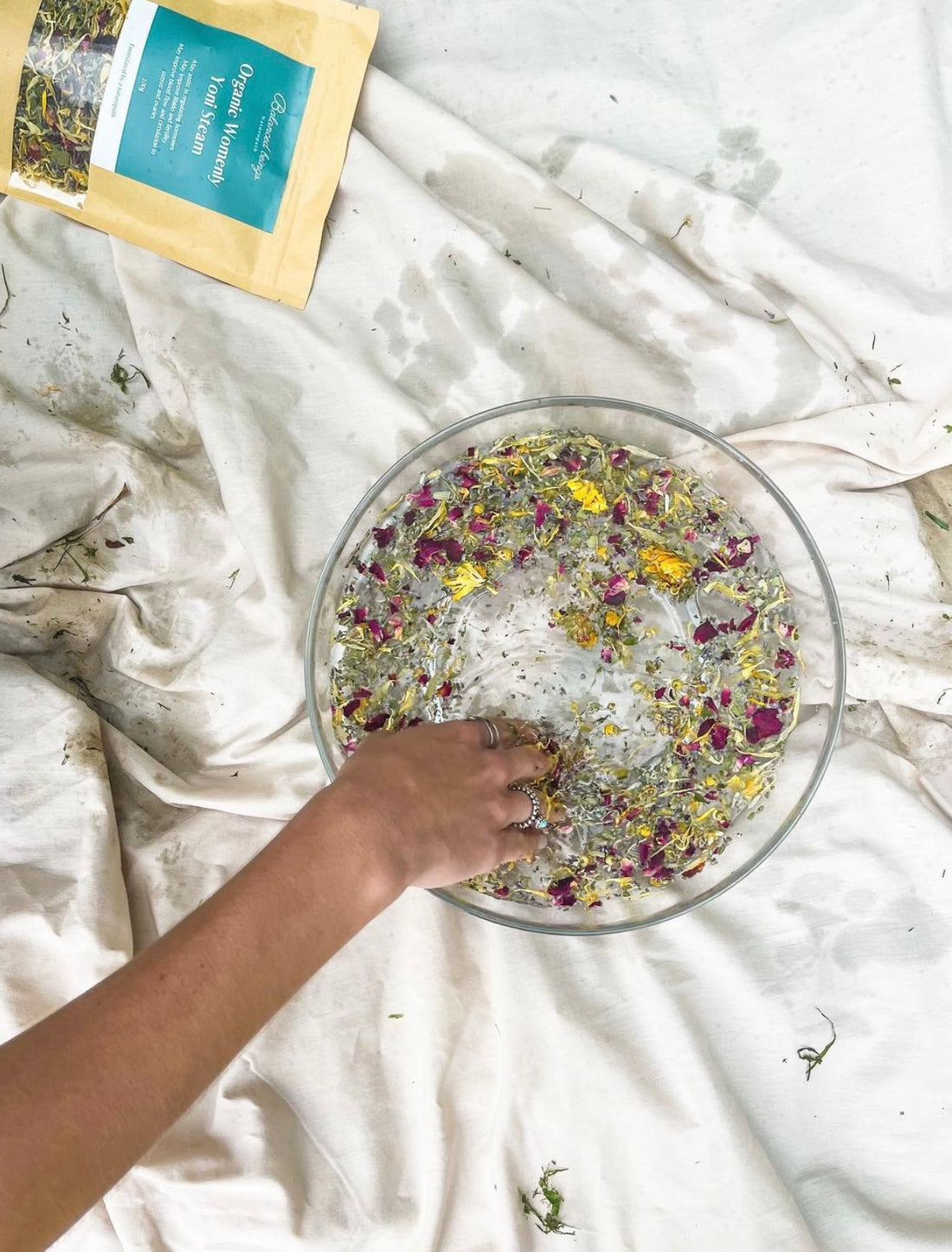Through the Balanced Beings Clinic, we consistently see patients with various health conditions which are further implicated by poor vaginal microbiome status. These can include conditions such as UTI’s, HPV, pelvic inflammatory disease, fertility and endometriosis - all of which are worsened through poor vaginal health.
The vaginal microbiome is made of various microbes that control our vaginal health and can provide defence from microbes in our environment and out of the vagina. Vaginal microbiomes are unique from person to person, what may be normal flora for one person, may be problematic for another.
Typically a healthy vaginal microbiome is predominantly dominated by Lactobacillus species of bacteria. Lactobacillus species produce lactic acid and hydrogen peroxide which are both anti-bacterial compounds, which assists in the reduction of bad bacterial replication and normalises vaginal pH.
Vaginal microbiome changes over the course of a woman’s life; through menses, pregnancy, menopause and different ethnicities. During these times we may be more at risk of issues such as thrush due to the changes that occur. For example, a loss of oestrogen during menopause can cause vaginal atrophy and pH shifts which can increase the risk of vaginal dysbiosis.
Typical vaginal conditions we see in the clinic include bacterial vaginosis (BV) and HPV. Through our treatment we aim to find the driving factors, therefore we typically send for further testing such as a vaginal microbiome profile.
Bacterial vaginosis is a vaginal infection involving various microbes and a reduction in the amount of Lactobacillus bacteria and an overgrowth of anaerobic bacteria. Often with a replacement of vaginal lactobacilli with more anaerobic microorganisms such as Gardnerella vaginalis, Prevotella and Atopobium become present. Signs and symptoms of BV may include: thin/watery/grey/gushy discharge, fishy odour, vaginal pH imbalances.
Whereas HPV is a common viral infection/STI. Some HPV infection persist and progress and can lead to the development of lesions and increase the risk of developing cervical cancer.
Below we have listed typical factors which increase the risk of vaginal dysbiosis and the risk of BV/HPV.
- Multiple courses of antibiotics and no restoration of microbiome
- Antibiotic resistant microbes (Atopobium, Prevotella)
- Multiple or new sexual partners
- Smoking (Brotman et al. 2014)
- Hormonal status & contraception use
- Previous STI infection
- Vaginal hygiene and washes disrupting pH
Through our clinical consultations and our success during treating patients with vaginal imbalances we have found the below treatment the most beneficial, taking each case basis and causes into consideration. Restoration of Lactobacilli bacteria and normal flora, restoration of pH to between 3.6-4.5, addressing any biofilms to increase treatment effectiveness and reduce risk of recurrence, addressing lifestyle factors/sexual health practices, balancing hormones and optimise oestrogen for Lactobacillus strains.
Different products we use are dependent on the goals and pathogenesis for each case however Balanced Beings has found calcium D glucarate, zinc, magnesium, broccoli extract, vitamin C, B vitamins, DIM, turmeric, chaste tree, paeonia, thyme, lactulose, rosemary, echinacea, withania, vitamin E, vitamin A along with vaginal and oral probiotics for vaginal microbiome the most beneficial in the treatment of vaginal conditions.
We hope we have given you a highlight on how much support natural therapies offer when it comes vaginal health. If you need some support with either HPV or BV, we recommend that you refer to your practitioner for tailored treatment.
Best,
Balanced Beings xx

